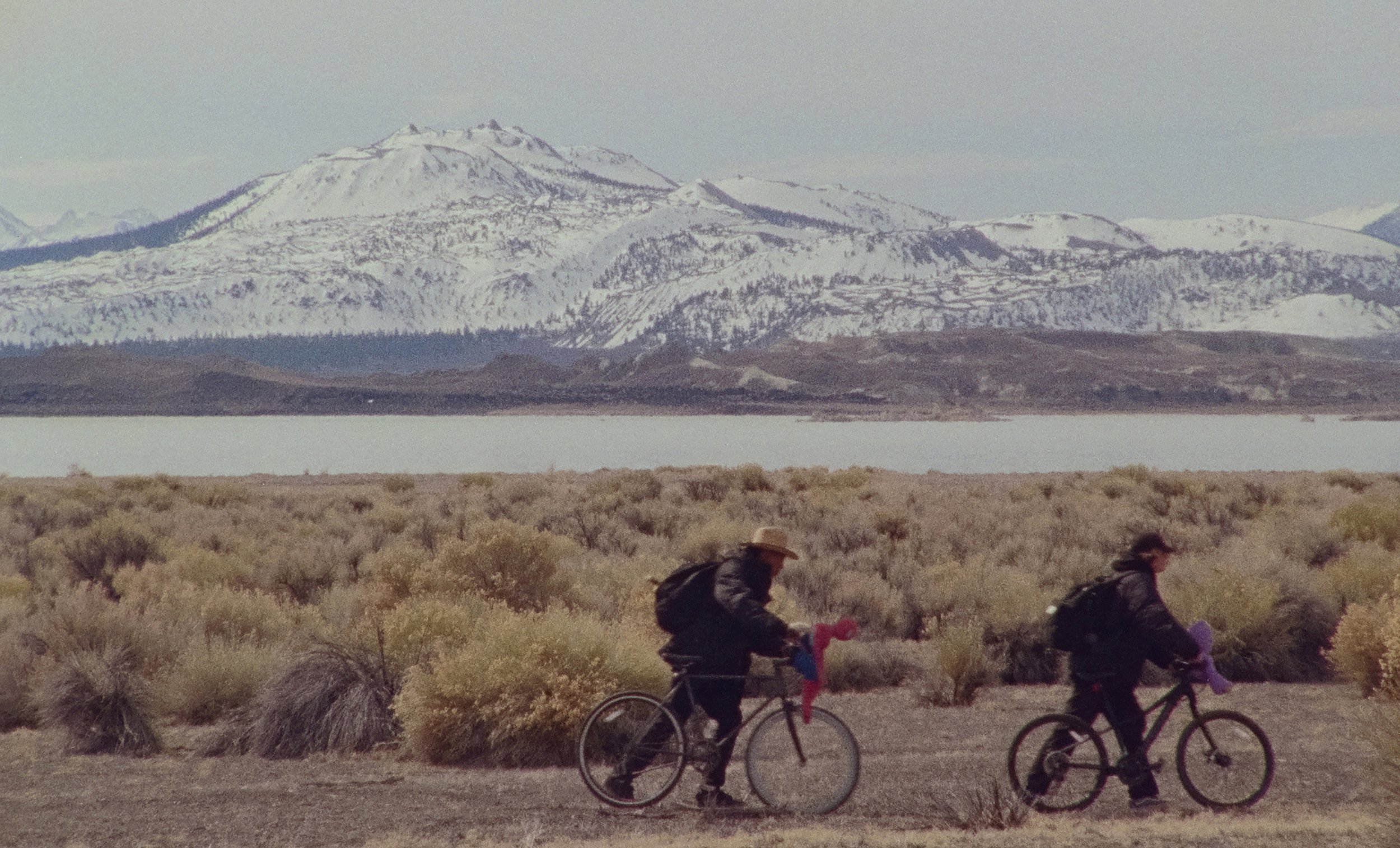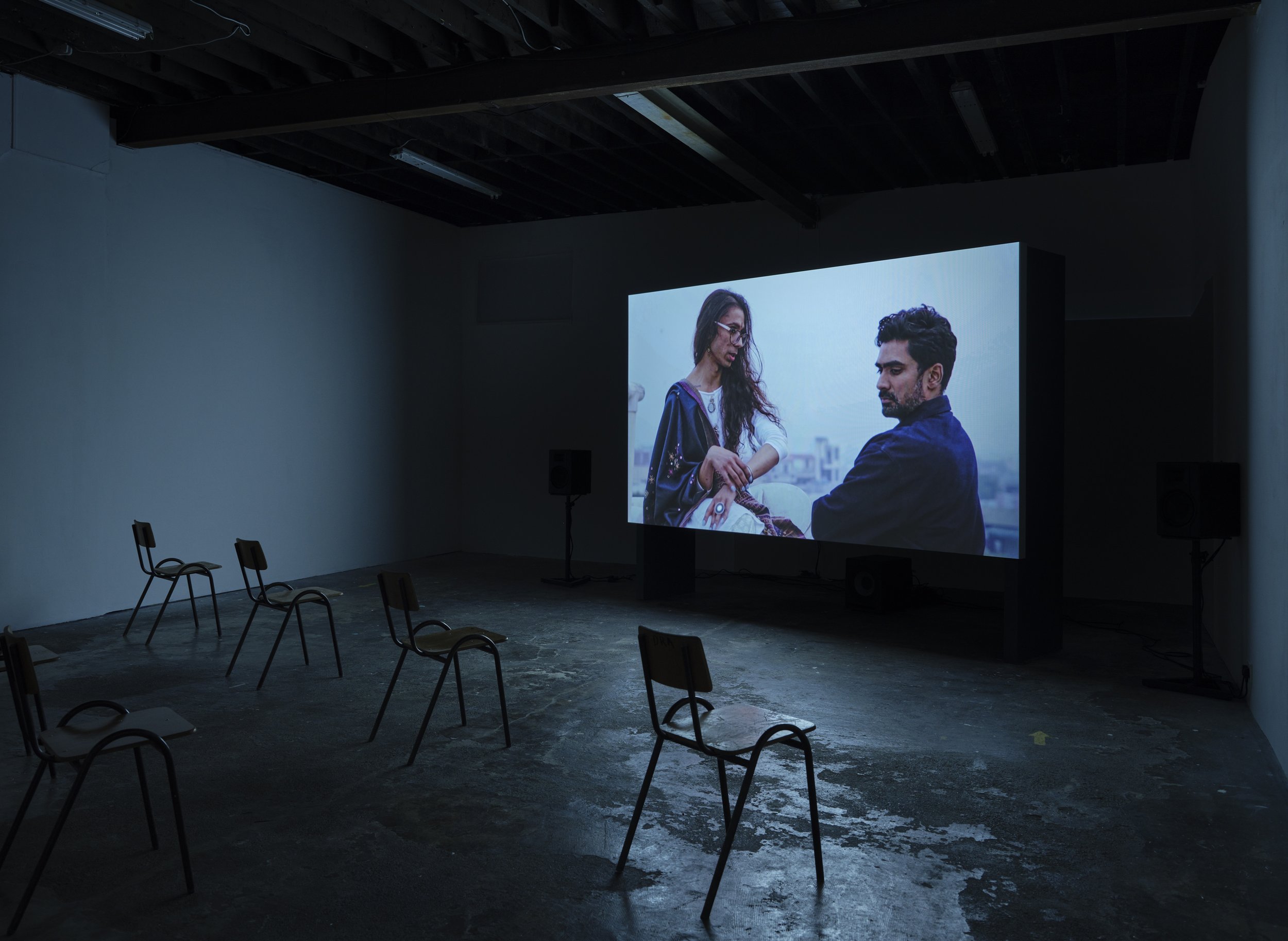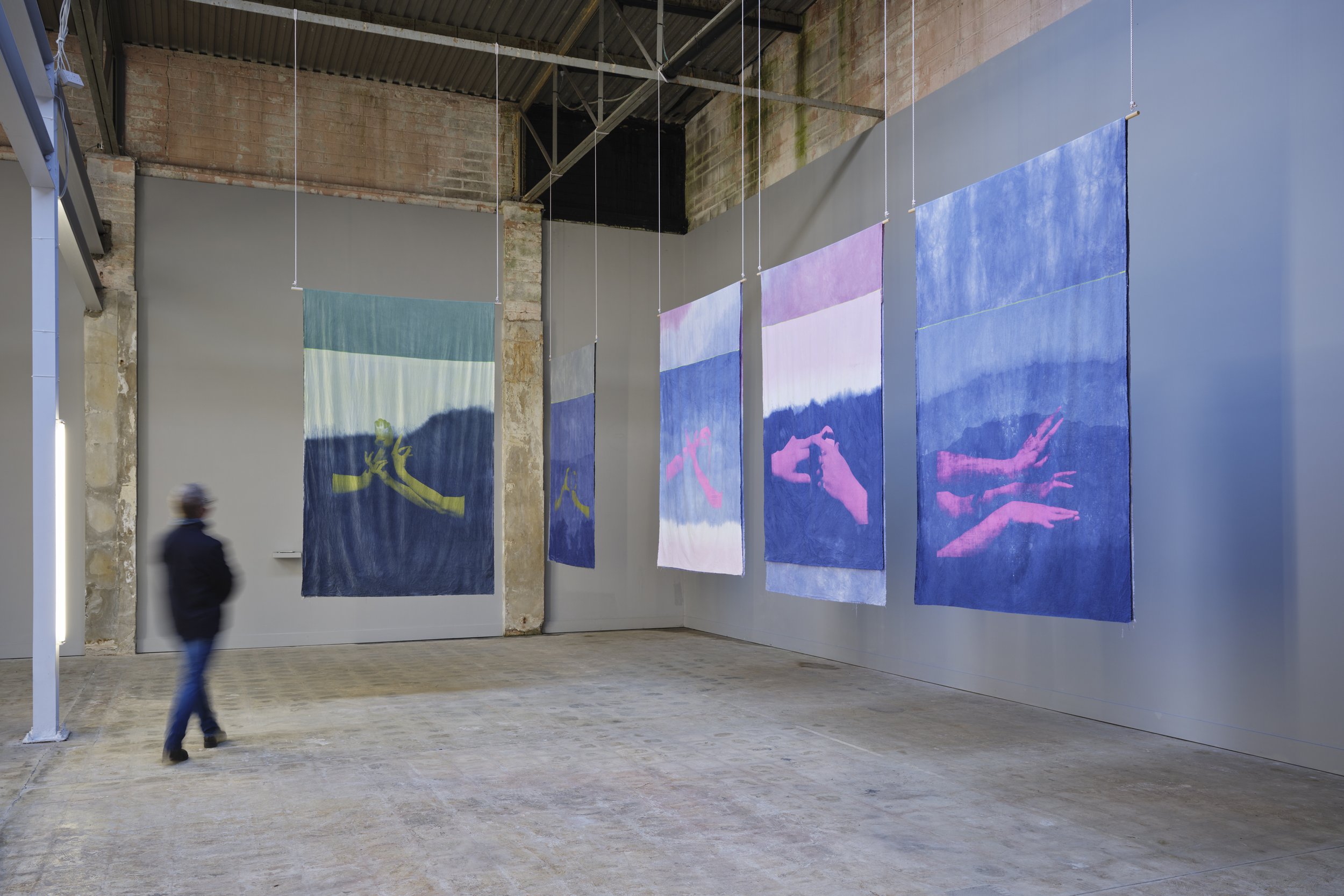Ephemeral Permanence
JENNIE TAYLOR INTERVIEWS EOIN DARA, CURATOR OF TULCA FESTIVAL OF VISUAL ARTS 2021.
Jennie Taylor: How do you see TULCA 2021 in the context of your broader curatorial practice?
Eoin Dara: Much of my work over the last decade has been within public institutions, collaborating with colleagues to develop exhibition programmes across years at a time, and working very slowly with artists towards new solo commissions. So, to shift gear into curating a festival that took place in one short burst over a few weeks, with a whole host of different artists, writers and contributors, was a wild and beautiful ride. But in much of the work I’ve been doing for a few years now, I have been collaborating with and learning from artists who, I think, are delving into really expansive ideas about tenderness and intimacy in their work, and that really sat at the heart of a lot of my early thinking around developing an edition of TULCA. I should say that, that thinking was also pre-pandemic, and then, to be blunt, I really just doubled down on these ideas throughout lockdown and started to try and shape a programme that spun out and around conversations about love and closeness and connection.
JT: How did you find the TULCA open-call process for artist submissions? How many artists participated in the festival?
ED: I remember vividly being petrified at the thought of having to write a curatorial statement for the open call. I hadn’t even been able to visit the city at that point; we were still in lockdown, and everything in my life seemed to be uncertain in ways I could never have imagined. So, I wrote quite a personal letter instead, trying to be open about the impossibility of the situation, and also throwing out there some loose associations and tangential ideas that I had been obsessing over in my solitude. I had been mulling over a question posed by Ocean Vuong in his poem, On earth we’re briefly gorgeous, where he asks: “Don’t we touch each other just to prove we’re still here?” and had George Michael’s masterpiece Out- side on repeat at home. This perfect pop song (which advocates for a joyful abundance of casual sex in public spaces) is where I longingly lifted the title for the project from.
The response to the letter was really overwhelming and I was incredibly touched by the way people seemed to connect with it. This process was really invaluable for me, as it meant I got a chance to delve into hundreds of pieces of correspondence, telling me about contemporary practice across Ireland and further afield in the midst of a pandemic where I couldn’t travel and see shows or do studio visits or engage in research in all the ways I would have done previously. It was also an incredibly difficult process, as we only had resources to support a very small number of proposals. In the end, there were 24 contributors to the programme this year; nine were writers and poets, and 15 were visual artists (nine of which were selected from the open call).
JT: The format of an accompanying publication is a compact series of letters, which appears as an artwork and tends to entangle the exhibition with sensitivity and precision. What made you decide to work with letters in this way?
ED: In the publishing work that I do, I always try and make a publication an active, artistic element of a project, and not simply have it document/ record/ narrate other kinds of work. And on a personal level, I’m nurtured by poetry and writing as much as I am visual art, so I always wanted to draw liter- ary voices into my plans for TULCA to speak as part of the programme in different ways. After writing the letter for the open call I kept thinking about different kinds of personal dialogues and the ways in which we have all had to renegotiate our means of communication with loved ones over the course of the pandemic.
So, whilst still in lockdown, from my own place of mandatory solitude, I extended an invitation to a number of writers and poets to be part of the festival, asking them if they might consider penning a letter of love or longing, to someone or something just out of reach. These letters then formed the publication as it were, gathered in a little folio case and printed in an edition of 400. Over the course of the festival, we also displayed them at each exhibition venue for people to read as they moved through the other artworks on display, and we also presented them in the windows of Galway City Library, to be read from the street. For me, this element of the project was perhaps about trying to gesture towards the power (and beauty and joy) of being able to experience private, intimate moments and modes of correspondence in public.
JT: In discussions about the festival, you have mentioned bell hooks’ book, All About Love: New Visions, and person- al conceptions of love. Can you describe how this thinking operates as a foundation to your practice?
ED: The artists I work with are very often challenging or resisting the dominant culture that shapes the world around us, and this is a culture built on capitalism, patriarchy, and white supremacy. And if we’re to resist this, we have to create space to wallow in all of the things this culture fears. Things like empathy, vulnerability, togetherness, rest, pleasure, and most of all, love. So, a question I’ve been working through in my practice for some time centres on this idea of resistance through love – is it possible to work with a productive conception of love as a curatorial methodology? Can I champion artists who are pushing forward a conception of love like this in their work?
And as you mentioned, this steps off from bell hooks’ definition of love as an action, not just a feeling. If love is action, there is intent, responsibility and accountability within it, and it can be used as a powerful catalyst for change. Through her writing, hooks puts forward an idea of love comprising a combination of six ingredients: care, commitment, knowledge, responsibility, respect and trust. So, I’m trying to mix these ingredients into my curatorial work, into the support I try to offer artists, into the exhibitions and projects that I’m responsible for. I’m asking myself: “in what way does the action that I’m taking or the work I am doing reflect these values?” It’s a constant process of learning and adjusting to new circumstances and conversations, thinking of love as an active, political entity to grapple with.
JT: The multiplicity of intimacies and correspondence embedded in this project have a contradictory sense of ephemeral permanence; perfume, letters and archives take place in lasting ways. Now that the festival has concluded its physical state, how do you see the work continuing, if it does at all?
ED: I love the idea of ephemeral permanence. I don’t think I’m too interested in the idea of hard permanence in any of the projects I work on. I much prefer things to be slippery and soft, and for them to maybe fade in and out of view or disappear and then perhaps unexpectedly crop up again in the future in a slightly different form. If I’ve been able to pro- vide a space for an artist to work through an element of their practice and present some new ideas that might help nurture them and their future work, I’m delighted. And I know that so many of the works in this project will have further life and growth beyond the festival itself. TULCA was a particular constellation of voices gathered together for a particular moment in Galway this winter. And that’s enough. For me, in some ways it did feel fleeting, but I also know I’ll still be feeling my way through what we all did together in this project for a long time.
Jennie Taylor is an art writer living and working in Dublin.
jennietaylor.net
Eoin Dara is an Irish curator living on the east coast of Scotland. TULCA Festival of Visual Arts 2021, titled ‘there’s nothing here but flesh and bone, there’s nothing more’, ran from 5 to 21 November 2021.
The contributors to the TULCA 2021 programme were artists, filmmakers, writers and poets: Sophia Al-Maria, Claire Biddles, Renèe Helèna Browne, Miriam de Búrca, CAConrad, Mariah Garnett, Lauren Gault, Patrick Hough, Adrien Howard & K Patrick, Jasmine Johnson, Vishal Jugdeo & vqueeram, Stanya Kahn, Theodore Kerr, Sekai Machache, Mira Mattar, The Many Headed Hydra, Mícheál McCann, Tonya McMullan, Harun Morrison, Isobel Neviazsky, Laura Ní Fhlaibhín, Nisha Ramayya, Amanda Rice and Jay G Ying.



